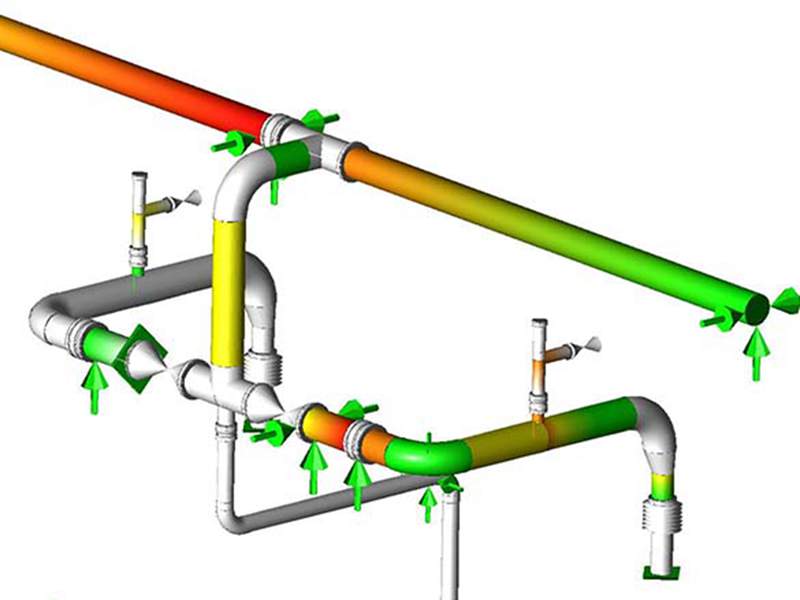
-
 Afrikaans
Afrikaans -
 Albanian
Albanian -
 Amharic
Amharic -
 Arabic
Arabic -
 Armenian
Armenian -
 Azerbaijani
Azerbaijani -
 Basque
Basque -
 Belarusian
Belarusian -
 Bengali
Bengali -
 Bosnian
Bosnian -
 Bulgarian
Bulgarian -
 Catalan
Catalan -
 Cebuano
Cebuano -
 China
China -
 China (Taiwan)
China (Taiwan) -
 Corsican
Corsican -
 Croatian
Croatian -
 Czech
Czech -
 Danish
Danish -
 Dutch
Dutch -
 English
English -
 Esperanto
Esperanto -
 Estonian
Estonian -
 Finnish
Finnish -
 French
French -
 Frisian
Frisian -
 Galician
Galician -
 Georgian
Georgian -
 German
German -
 Greek
Greek -
 Gujarati
Gujarati -
 Haitian Creole
Haitian Creole -
 hausa
hausa -
 hawaiian
hawaiian -
 Hebrew
Hebrew -
 Hindi
Hindi -
 Miao
Miao -
 Hungarian
Hungarian -
 Icelandic
Icelandic -
 igbo
igbo -
 Indonesian
Indonesian -
 irish
irish -
 Italian
Italian -
 Japanese
Japanese -
 Javanese
Javanese -
 Kannada
Kannada -
 kazakh
kazakh -
 Khmer
Khmer -
 Rwandese
Rwandese -
 Korean
Korean -
 Kurdish
Kurdish -
 Kyrgyz
Kyrgyz -
 Lao
Lao -
 Latin
Latin -
 Latvian
Latvian -
 Lithuanian
Lithuanian -
 Luxembourgish
Luxembourgish -
 Macedonian
Macedonian -
 Malgashi
Malgashi -
 Malay
Malay -
 Malayalam
Malayalam -
 Maltese
Maltese -
 Maori
Maori -
 Marathi
Marathi -
 Mongolian
Mongolian -
 Myanmar
Myanmar -
 Nepali
Nepali -
 Norwegian
Norwegian -
 Norwegian
Norwegian -
 Occitan
Occitan -
 Pashto
Pashto -
 Persian
Persian -
 Polish
Polish -
 Portuguese
Portuguese -
 Punjabi
Punjabi -
 Romanian
Romanian -
 Russian
Russian -
 Samoan
Samoan -
 Scottish Gaelic
Scottish Gaelic -
 Serbian
Serbian -
 Sesotho
Sesotho -
 Shona
Shona -
 Sindhi
Sindhi -
 Sinhala
Sinhala -
 Slovak
Slovak -
 Slovenian
Slovenian -
 Somali
Somali -
 Spanish
Spanish -
 Sundanese
Sundanese -
 Swahili
Swahili -
 Swedish
Swedish -
 Tagalog
Tagalog -
 Tajik
Tajik -
 Tamil
Tamil -
 Tatar
Tatar -
 Telugu
Telugu -
 Thai
Thai -
 Turkish
Turkish -
 Turkmen
Turkmen -
 Ukrainian
Ukrainian -
 Urdu
Urdu -
 Uighur
Uighur -
 Uzbek
Uzbek -
 Vietnamese
Vietnamese -
 Welsh
Welsh -
 Bantu
Bantu -
 Yiddish
Yiddish -
 Yoruba
Yoruba -
 Zulu
Zulu
frp car body
The Future of FRP Car Bodies Lightweight, Durable, and Sustainable
In recent years, the automotive industry has witnessed a significant shift toward innovation, aiming to enhance vehicle performance while addressing environmental concerns. Among various materials being adopted, Fiber Reinforced Plastic (FRP) has emerged as a transformative choice for car body construction. This advanced material offers a range of benefits that make it a compelling alternative to traditional metals like steel and aluminum.
The Future of FRP Car Bodies Lightweight, Durable, and Sustainable
Moreover, FRP is highly resistant to corrosion and weathering, characteristics that enhance the longevity of car bodies. Unlike traditional metals that may rust over time, FRP maintains its structural integrity and appearance, reducing the need for paint and maintenance. This durability translates to lower long-term costs for consumers, making FRP an economically smart choice for all types of vehicles, from everyday commuters to luxury models.
frp car body

Another vital aspect of FRP car bodies is their versatility in design. The molding processes used with FRP allow for more intricate and customizable shapes, enabling designers to break free from the constraints of metal fabrication. This flexibility can lead to unique, aerodynamic designs that improve vehicle performance while providing aesthetic appeal. As consumer preferences evolve, the ability to tailor designs according to specific market demands becomes increasingly important.
Additionally, as sustainability becomes a focal point for many industries, FRP's recyclability offers a significant advantage. Many manufacturers are now exploring bio-based resins for FRP production, further reducing the environmental impact associated with conventional plastics. By adopting FRP, the automotive sector is making strides toward more sustainable practices, aligning with the global push for greener technologies.
In conclusion, the integration of FRP in car body manufacturing represents a promising advancement in the automotive industry. The combination of light weight, exceptional durability, design versatility, and sustainability positions FRP as a key material in the future of transportation. As technological innovations continue to evolve, it is clear that FRP car bodies will play a pivotal role in reshaping the automotive landscape, paving the way for a more efficient and environmentally friendly future.









